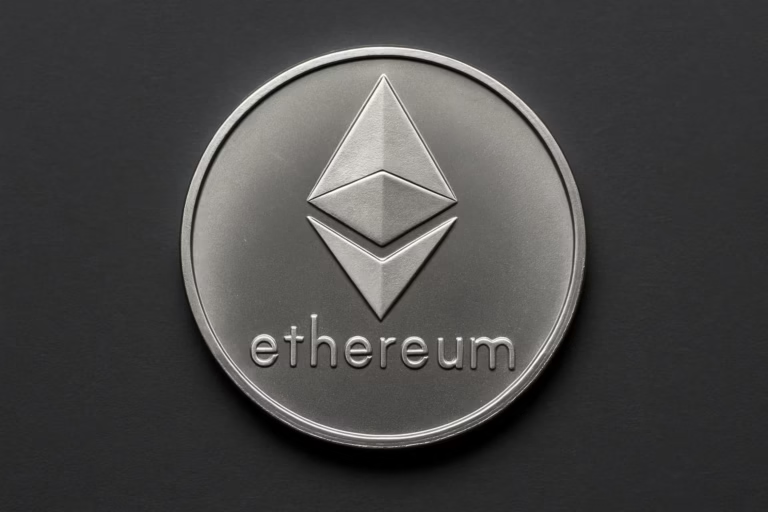
- Bitcoin saw a significant $750 million outflow from exchanges on September 10, the largest since May, indicating a possible shift in investor sentiment.
- This surge in withdrawals could be driven by security concerns, institutional involvement, and historical trends suggesting potential price increases.
Recent data has revealed a dramatic surge in Bitcoin (BTC) outflows, with approximately $750 million withdrawn from exchanges on September 10th. This significant figure marks the highest net outflow since May and could signal a pivotal shift in investor sentiment as Bitcoin’s price hovers around $57,000.
Understanding the Recent Surge
According to IntoTheBlock (ITB) data, the $750 million outflow is a notable event. ITB’s chart vividly depicts this massive movement of Bitcoin, underscoring the scale of the recent withdrawals. In an exclusive interview with Cointelegraph, Juan Pellicer, a senior researcher at ITB, shed light on this trend, attributing it to a few key factors.
“Outflows typically indicate a shift in sentiment,” Pellicer explained. “When investors anticipate price increases, they often move their assets to private wallets. Regulatory concerns and institutional strategies also play significant roles.”
Cold Storage and Institutional Strategies
One of the primary reasons for the increase in outflows is the movement of Bitcoin into “cold storage” hardware wallets. This strategy is favored by traders and investors who prefer to keep their assets off exchanges for security reasons. Pellicer noted a “growing trend of self-custody” among Bitcoin holders, driven by increased security concerns.
Moreover, the substantial outflows could indicate significant institutional involvement. Pellicer highlighted that the $2.95 billion volume observed recently suggests that large-scale transfers are likely behind the scene. While retail investors are involved, the sheer scale of the movement points towards institutional accumulation.
Historical Context and Future Implications
Historically, large Bitcoin outflows from exchanges have been associated with subsequent price increases. This trend is linked to basic supply-demand dynamics: as the supply of Bitcoin on exchanges decreases and demand remains strong or increases, the price often rises.
Pellicer confirmed this historical correlation, emphasizing that reduced exchange supply, combined with increased demand, often leads to higher Bitcoin prices. This scenario aligns with the current situation, where institutional interest and reduced exchange supply might create a bullish environment for Bitcoin.
As Bitcoin continues to attract significant attention and investment, monitoring these outflows can provide valuable insights into market sentiment and future price movements. The recent spike in Bitcoin outflows underscores the evolving dynamics in the cryptocurrency market, highlighting both investor strategies and institutional trends.




